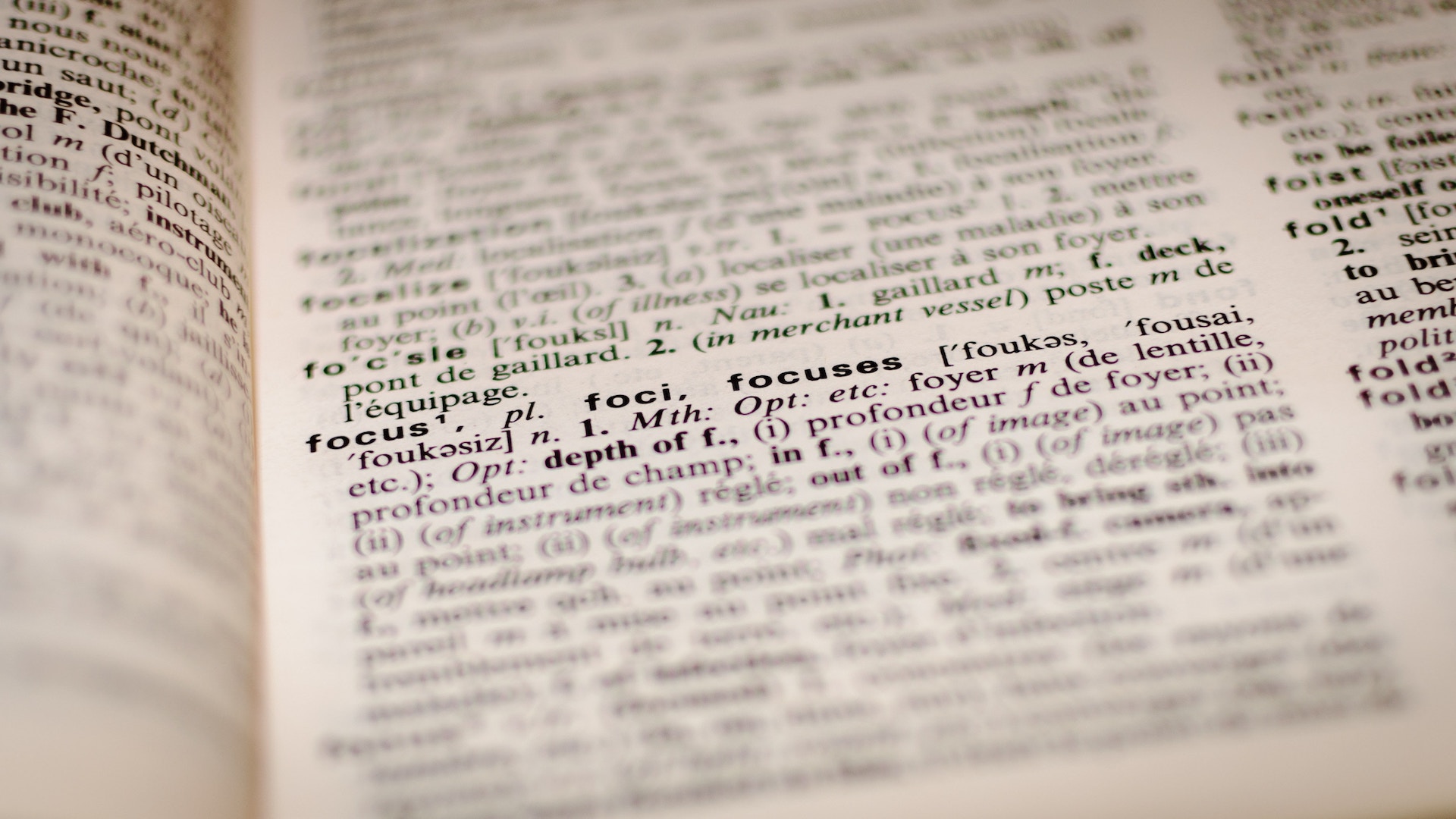Galliardist
Major Contributor
The point is exactly the opposite. Instruments do not just produce pure tones. There are box tones, additional resonances. Some instruments will necessarily have notes not “in tune” due to different tempraments (think frets, for a start). There are sound differences due to the manipulation of the instrument, from vibrato on violins, glissandi, to the sounds made by pedals and keys. Players make sounds that may or may not be recorded, of course. And then there is the set of sounds that we are concerned with here: the starting and stopping of notes.You are absolutely right, but it seems many people are not even aware of that the notes appear at certain frequencies and everything inbetween those frequencies dont disturb the soundquality as much as a room resonanse that hits a given tone in the tempered scale.
A bad room or bad installation of the speakers can seriously impact the perceived enjoyment of music ( which contains pace, pitch, rythm and timing ).
When a note is played on an instrument, there is often a broadband sound, from the sound of a piano key and the hammer hitting the note, to the pluck or strike on a guitar string, to the acceleration ar the start of a bowed note. These sounds are much more likely to incite resonances than pure notes.
The stopping of strings and such is usually quieter, but for example the harpsichord can have a clear stop to a sound or an audible return of keys to place.
Percussion, similarly, has sounds that aren’t pure tones.
The point is that you can still tap your feet when those sounds aren’t reproduced with certainty but there can be a blurring that may be the thing described as prat.
Prat is a bad term because it ascribes a positive musical attribute to systems, a claim that some systems can improve music or be “musical”. At best, those systems don’t do harm and the implication would be that others do.
As an aside, pitch also can be different among orchestras, in early music: there’s microtonal music: you can’t just assume standard pitch and say that resonances elsewhere are OK.
Last edited:




